Cary Holladay
As an element of craft, time is generally regarded as a tool of setting, akin to place. Yet it is multidimensional, a voyage through past and future. Equally mysterious is the present, deemed by T.S. Eliot “the still point of the turning world.”
First, a true story.
My fourth-grade teacher, Elsie Mae Ball, instructed the class to write an essay. The topic was, What would you do if you knew you had only one more day to live? It was Friday, and the essay was due on Monday. All weekend, I worked on it, aware of time ticking by. I wrote, “I would hold my cat and watch the second hand moving around,” because that was exactly what I was doing, clutching a writhing cat and staring through tears at my clock radio, afraid I would die on Monday.
“It’s morbid,” my mother said, and I believe she communicated her displeasure to Mrs. Ball. I got an A but came away with the sense that future 4th graders would be writing on sunnier subjects. My mother had stepped between me and that sweephand. There had been an earlier episode that gave her the sense people wanted to lead me down a treacherous path. Her own mother, my beloved grandmother, “Gee-Gee,” was the guilty party. Gee-Gee had a neighbor, Mrs. Tresnon, in failing health. Gee-Gee began giving me updates. “It won’t be long,” she’d say. I became caught up in the decline of a person I had never met, who also lived on Gee-Gee’s leafy Richmond avenue, with cicadas singing on summer twilights. Even her name, Mrs. Tresnon, filled me with dreadful anticipation. One day, Gee-Gee called and announced breathlessly, “She’s gone. It just happened.” I became hysterical, laughing and crying. Mama snatched the phone away and snapped at her mother for what I believe was the only time in her life: “Don’t do that with Cary!” but it was too late. Mrs. Tresnon was dead, and I was unhinged.
Time’s shadow throws itself across every page you write. All characters are laboring under Mrs. Ball’s terrible topic, life’s brevity. And whatever is at stake, whatever the terms of the fight, time generally wins.
Readers welcome linear chronology, a straightforward presentation of events, a clock and calendar moving ahead. Linear chronology is a writer’s friend. There is so much in life that resists organization. Clear temporal markers ground a story and allow the reader to gain a foothold. It’s only natural that readers wonder, When is this taking place? How old are the characters? How much time has elapsed by the end? Make sure your story answers those questions. Make all things time-related easy for readers.
John Steinbeck’s famous story, “Breakfast,” was a sketch he wrote in preparation for The Grapes of Wrath. It takes place in only a few minutes, with a frame of a sentence or two at the beginning and end. In the story, a hungry man walks along a road and meets a family. A young woman with a baby is fixing bacon, biscuits, and coffee. Her companions, a young man and an older man, invite the newcomer to eat with them. He does, with gusto. It’s clear to the reader these wayfarers are among the many migrant workers struggling to survive the Depression. Our protagonist continues on his way, and the story concludes with his comment that whenever he remembers the encounter, it fills him with pleasure. The gist of the story is generosity among strangers, the vital spark of human connection. The short piece is impressive for just starting at the beginning and moving forward, unencumbered by backstory or exposition. The minimal frame, the looking-back with pleasure, is everything, because the chance meeting, the simple, delicious food, and most of all the companionship, have stayed with the protagonist for the rest of his life. Without his long backward glance in middle age, the story would be only an anecdote. It’s the looking-back to the meal with strangers in a time of shared hardship and struggle that reveals how much the encounter meant to him.
Students ask, “How much can you use flashbacks?” It’s a wonderfully elastic device. You can stay in a flashback for quite some time, as long as there is payoff.
From a practical standpoint, the reader is waiting to get back to the present story. There has to be something in the here and now, to create suspense. Avoid letting the character linger endlessly in backstory. Jerome Stern, in his classic craft book Making Shapely Fiction, calls this a bathtub story—a person sits idly, philosophizing, ruminating, and remembering, but the reader soon realizes the character will never get out of the bathtub. Tension in a character should be expressed in action. Have your character climb out of the tub and do things.
A few years ago I started writing the stories that became Horse People: Stories (Yellow Shoe Fiction Series, LSU Press, 2013). The central figure is Nelle Fenton, a family matriarch who is by turns hardhearted and vulnerable. Her memories of youth kept effervescing through the scenes as I wrote. I invented a technique I call continuous flashback, although other writers have surely used it too. The flashbacks create their own continuous thread. A story of Nelle’s selling a horse in 1945, with World War Two just over and her sons coming home from war, is interspersed with her memories of a strange encounter with a sailor in 1900. Whenever the story veers into flashback, it picks up moments after the last flashback left off. This technique seemed to build pressure, and to reflect Nelle’s efforts to make sense of events she had never fully understood. In “The Colored Horse Show,” it’s 1945, her husband is sick, and their sons are coming home, yet her thoughts keep returning to her first love affair on a trip to Brazil, and the return journey, when a sailor lured her and her brothers below decks to show them an iridescent sea animal. Memory is the connective tissue, and the flashbacks toggle between the worlds of her youth and her middle age. The flashback story carries its own suspense.
To revisit something in fiction, that is, to write again about an earlier episode in a story, is to enlarge upon it and to gain deeper understanding of a character’s inner life of memory, yearning, and reflection, filtered through the sieve of time’s passage.
Even as years leap forward, memory preserves moments in their clarity and fluidity. To write about a character’s memory is to open up a seam in time, to probe the heart and the psyche for a secret, a wound, or a marvel.

Cary Holladay’s new book of fiction, Brides in the Sky: Stories and a Novella, will be published in early 2019 by Ohio UP / Swallow Press. She is the author of seven previous books, including Horse People: Stories (Yellow Shoe Fiction Series, Louisiana State UP). Her awards include an O. Henry Prize and a fellowship from the National Endowment for the Arts. A native of Virginia, she teaches at the University of Memphis.
Author Photo Credit: © University of Memphis. Trey Clark.
Featured Image Credit: Photo by David Kennedy on Unsplash

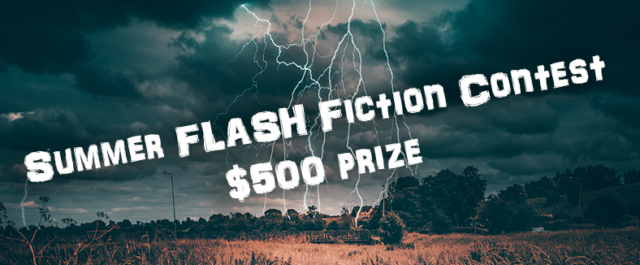


 Diana Raab, PhD, MFA, is an award-winner writer, speaker, and workshop facilitator. She is the author of nine books including, her latest, Writing for Bliss: A Seven-Step Plan for Telling Your Story and Transforming Your Life. She facilitates workshops in writing for transformation and empowerment, focusing on journaling, poetry, and memoir writing. She believes in the importance of writing to achieve wholeness and interconnectedness, which encourages the ability to unleash the true voice of your inner self. Visit her at
Diana Raab, PhD, MFA, is an award-winner writer, speaker, and workshop facilitator. She is the author of nine books including, her latest, Writing for Bliss: A Seven-Step Plan for Telling Your Story and Transforming Your Life. She facilitates workshops in writing for transformation and empowerment, focusing on journaling, poetry, and memoir writing. She believes in the importance of writing to achieve wholeness and interconnectedness, which encourages the ability to unleash the true voice of your inner self. Visit her at 
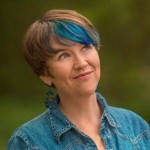 Gwen Holt was raised in the wilds of rural Idaho but found her heart in New York City. She worked at many interesting jobs before settling in as a mother and writer. She now resides in North Carolina with her husband, four children, eight chickens, a fluffy dog, and two suspected serial killer cats. She has an MFA in Young Adult literature with Converse College and has served South 85 Journal as a Fiction Editor. She is the winner of the Southeast Review 2016 Narrative nonfiction prize for her short story, “The Ditch Bank and the Fence Line,” and will publish her fourth novel for young adults, Imani Unraveled, this fall with Owl Hollow Press.
Gwen Holt was raised in the wilds of rural Idaho but found her heart in New York City. She worked at many interesting jobs before settling in as a mother and writer. She now resides in North Carolina with her husband, four children, eight chickens, a fluffy dog, and two suspected serial killer cats. She has an MFA in Young Adult literature with Converse College and has served South 85 Journal as a Fiction Editor. She is the winner of the Southeast Review 2016 Narrative nonfiction prize for her short story, “The Ditch Bank and the Fence Line,” and will publish her fourth novel for young adults, Imani Unraveled, this fall with Owl Hollow Press.
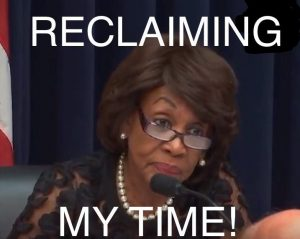
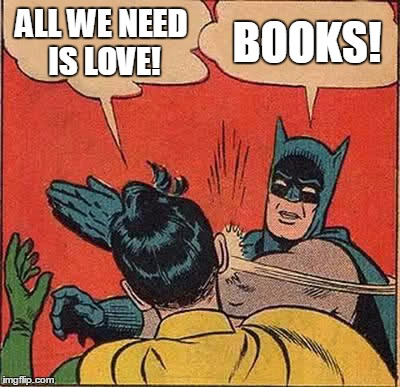
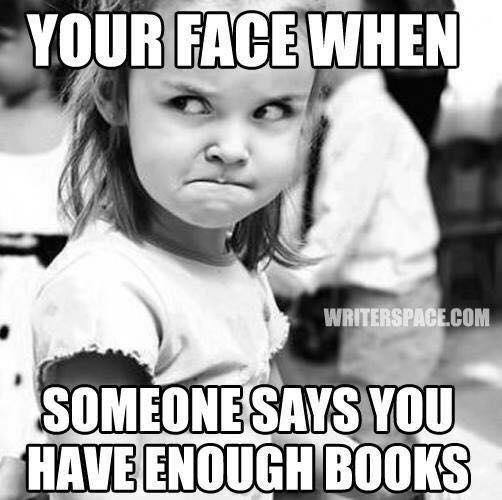

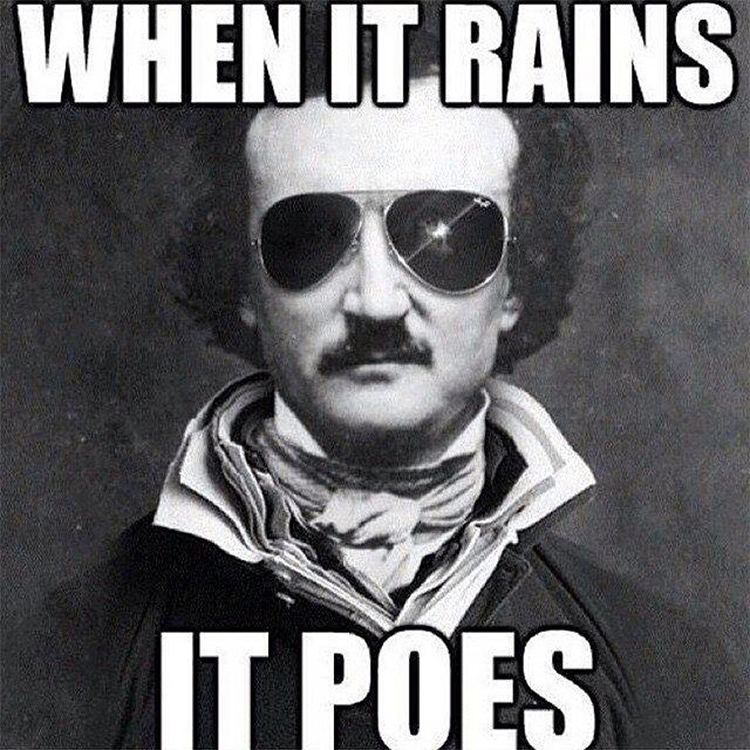

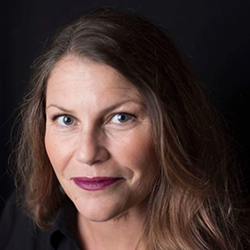 Gabrielle Brant Freeman‘s poetry has been published in many journals, including Grist, One, Scoundrel Time, Shenandoah, and storySouth. She was nominated for a Pushcart Prize in 2017, and she was a Best of the Net 2014 finalist. Gabrielle won the 2015 Randall Jarrell Competition. Press 53 published her book, When She Was Bad, in 2016. Read her poems and more at
Gabrielle Brant Freeman‘s poetry has been published in many journals, including Grist, One, Scoundrel Time, Shenandoah, and storySouth. She was nominated for a Pushcart Prize in 2017, and she was a Best of the Net 2014 finalist. Gabrielle won the 2015 Randall Jarrell Competition. Press 53 published her book, When She Was Bad, in 2016. Read her poems and more at 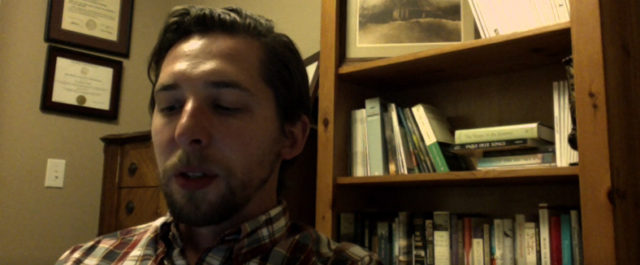

 Aaron
Aaron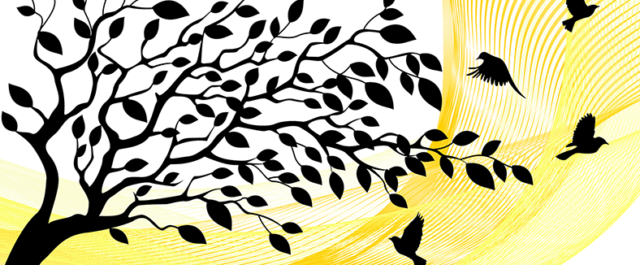
 Leigh Statham was raised in the wilds of rural Idaho but found her heart in New York City. She worked at many interesting jobs before settling in as a mother and writer. She now resides in North Carolina with her husband, four children, eight chickens, a fluffy dog, and two suspected serial killer cats. She is pursuing an MFA in Young Adult literature with Converse College and has served South 85 Journal as a Fiction Editor under the name Gwen Holt. She is also the winner of the Southeast Review 2016 Narrative nonfiction prize for her short story, “The Ditch Bank and theFence Line.”
Leigh Statham was raised in the wilds of rural Idaho but found her heart in New York City. She worked at many interesting jobs before settling in as a mother and writer. She now resides in North Carolina with her husband, four children, eight chickens, a fluffy dog, and two suspected serial killer cats. She is pursuing an MFA in Young Adult literature with Converse College and has served South 85 Journal as a Fiction Editor under the name Gwen Holt. She is also the winner of the Southeast Review 2016 Narrative nonfiction prize for her short story, “The Ditch Bank and theFence Line.”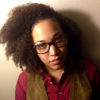 Mel Sherrer is a performance poet and teacher living in San Marcos, Texas. She is the Managing Poetry Editor for South 85 Journal.
Mel Sherrer is a performance poet and teacher living in San Marcos, Texas. She is the Managing Poetry Editor for South 85 Journal.
 Cinelle Barnes is a creative non-fiction writer and educator from Manila, Philippines. She writes memoirs and personal essays on trauma, growing up in Southeast Asia, and on being a mother and immigrant in America.
Cinelle Barnes is a creative non-fiction writer and educator from Manila, Philippines. She writes memoirs and personal essays on trauma, growing up in Southeast Asia, and on being a mother and immigrant in America. Katie Sherman is a freelance journalist in Charlotte, NC. She is currently pursing an MFA degree at Converse College. She has an affinity for Southern Gothic literature, cider beer, Chicago, and morning snuggles with her girls — Ella and Addie.
Katie Sherman is a freelance journalist in Charlotte, NC. She is currently pursing an MFA degree at Converse College. She has an affinity for Southern Gothic literature, cider beer, Chicago, and morning snuggles with her girls — Ella and Addie.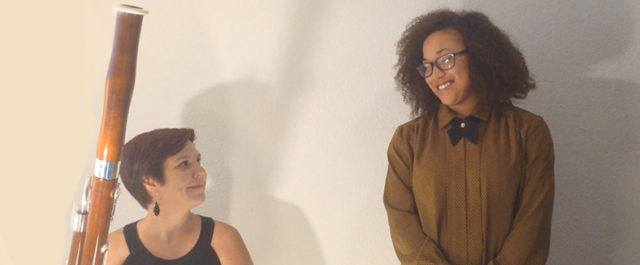
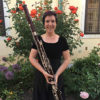 Liz Valvano, bassoon, is beginning her Doctorate of Musical Arts in double reed performance at University of Nevada, Las Vegas. She completed her Masters in Music at Texas State University, woodwind performance under the tutelage of Daris Hale and Dr. Ian Davidson May 2017, and her BA in music and chemistry at Hollins University in May 2015, studying under Danny Felty of the Roanoke Symphony Orchestra. Currently, she performs with the UNLV Symphony Orchestra and Honors Graduate Wind Quintet.
Liz Valvano, bassoon, is beginning her Doctorate of Musical Arts in double reed performance at University of Nevada, Las Vegas. She completed her Masters in Music at Texas State University, woodwind performance under the tutelage of Daris Hale and Dr. Ian Davidson May 2017, and her BA in music and chemistry at Hollins University in May 2015, studying under Danny Felty of the Roanoke Symphony Orchestra. Currently, she performs with the UNLV Symphony Orchestra and Honors Graduate Wind Quintet.